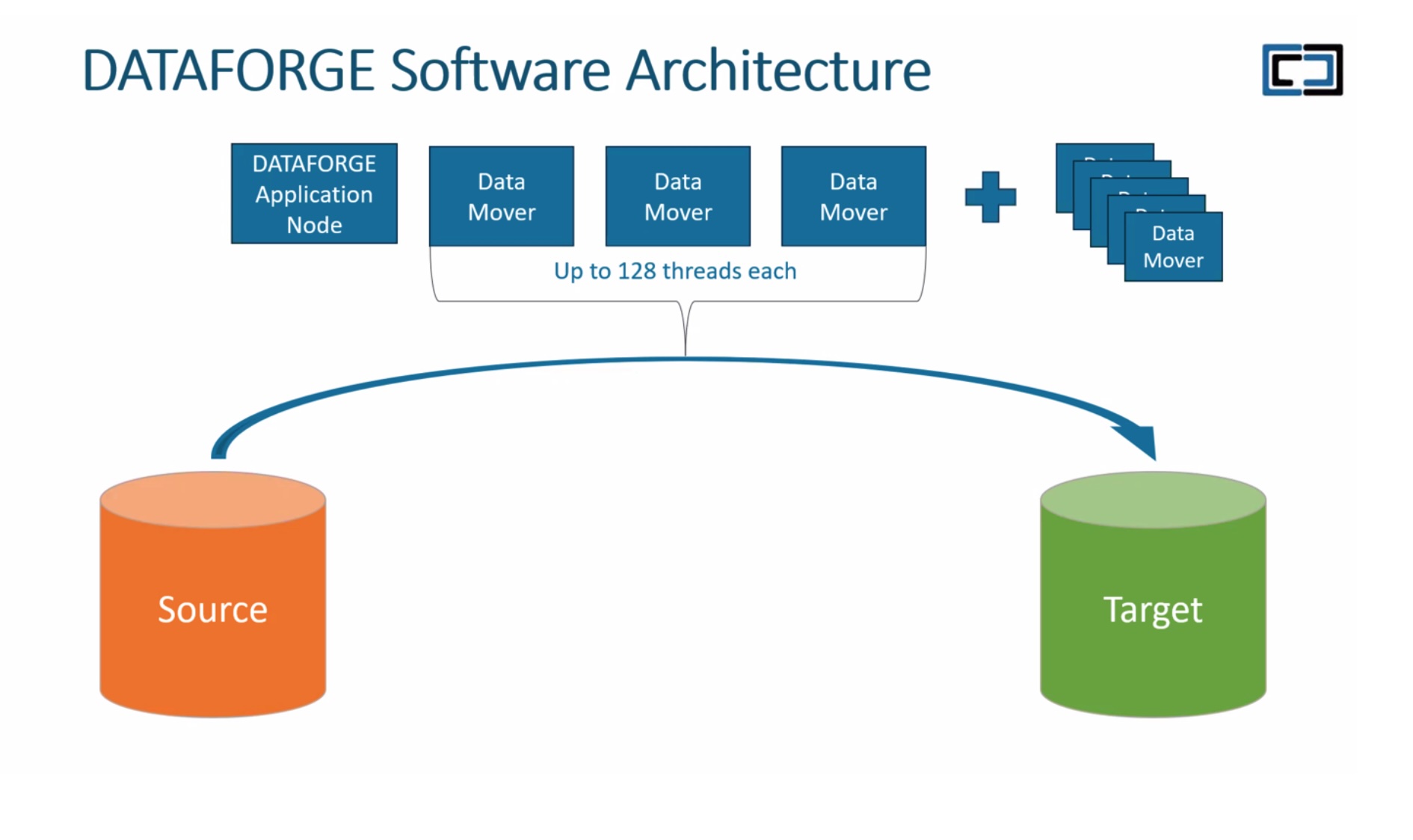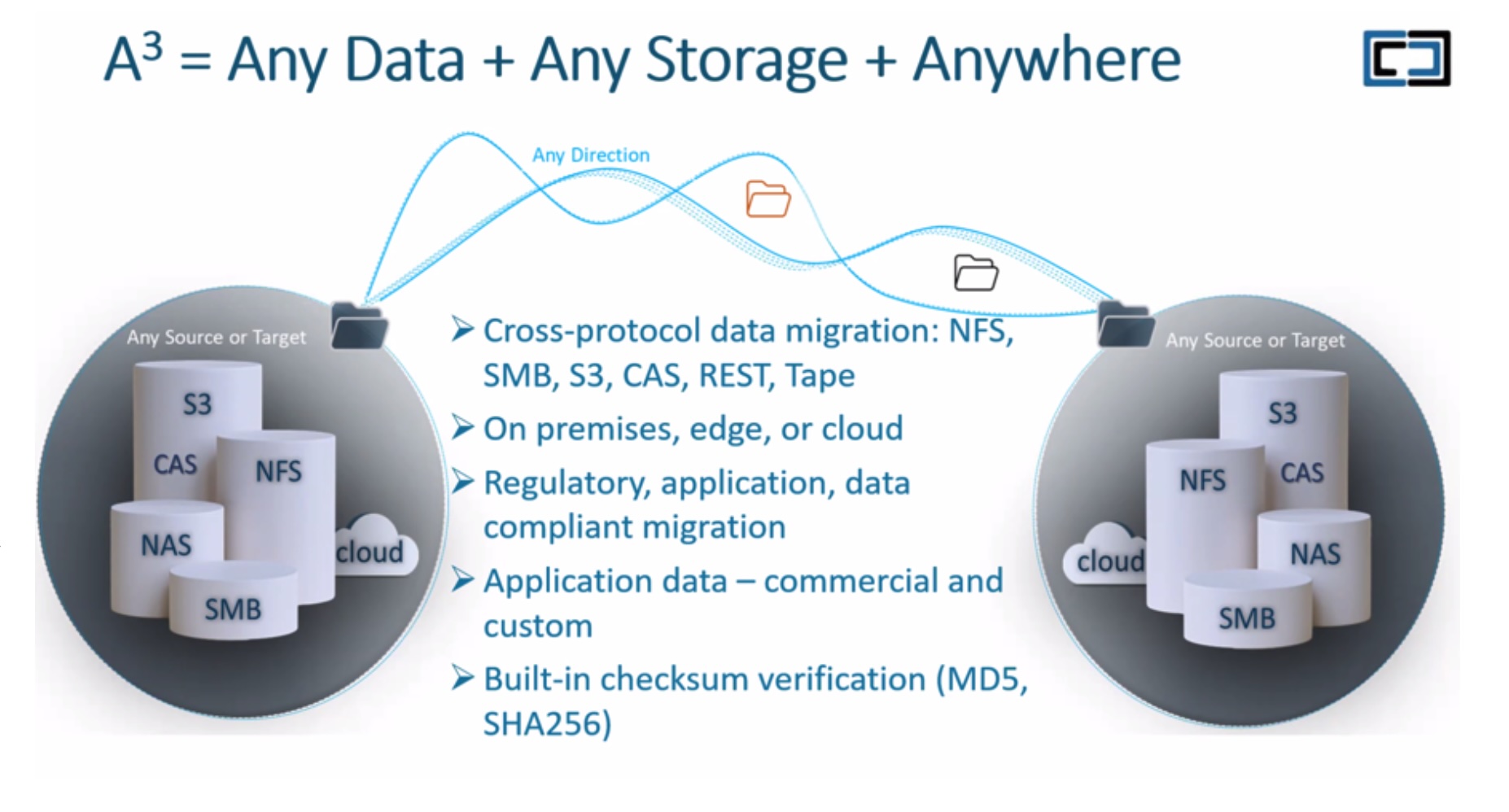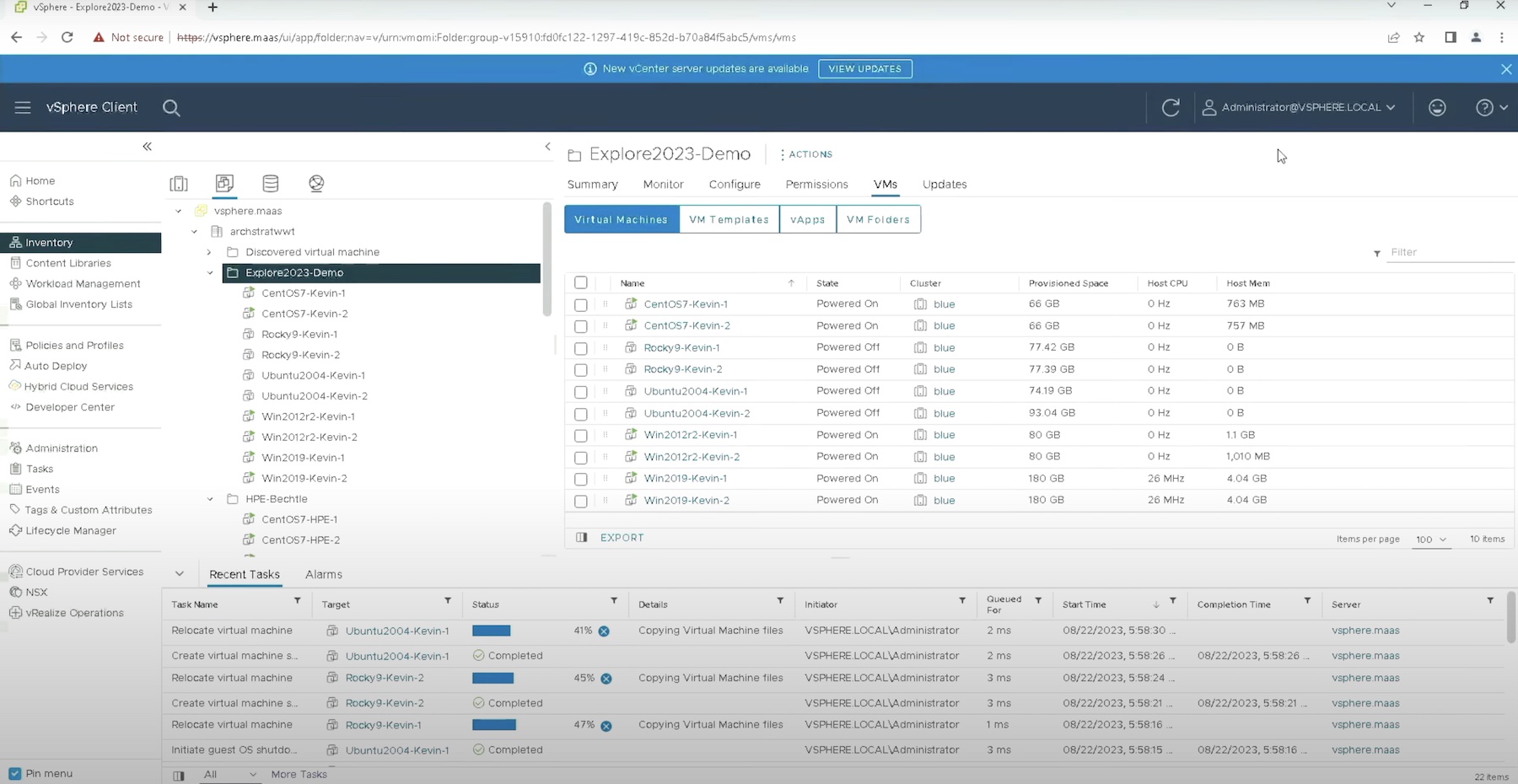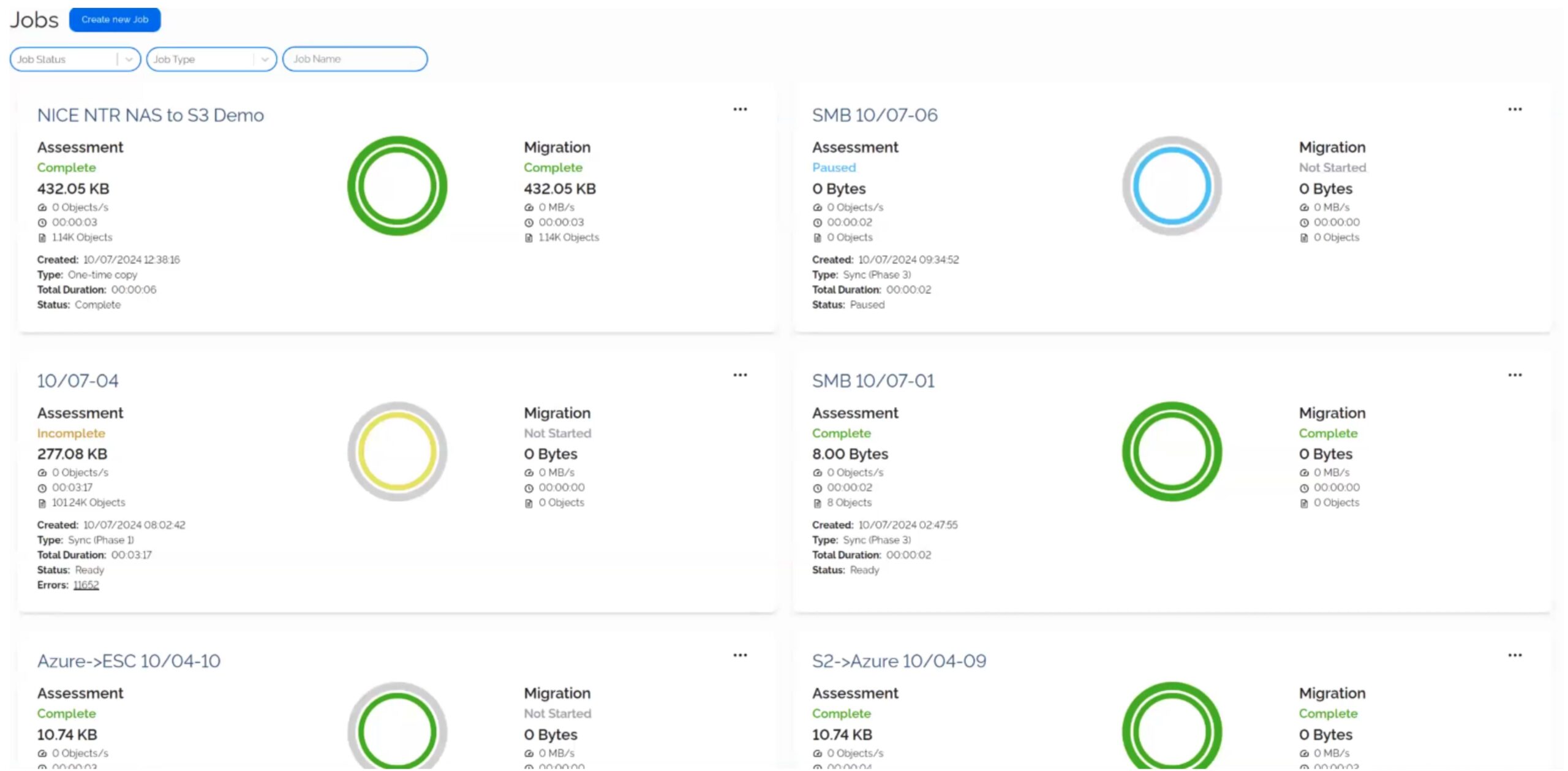This is part of a series on Enterprise Data Migration Strategies:
I recently posted on the issue of migrating data from large Enterprise storage arrays. The post covered a summary of the migration steps, with some brief discussion on calculating costs. In this series of posts, I will discuss migration strategies in more detail, covering the major steps in developing and implementing an ongoing Enterprise Data Migration Strategy.
Why Migrate?
Understanding the reasons for migration is a great place to start in developing a strategy. Seasoned IT professionals will know that change for change’s sake is not a good thing; “if it ain’t broke, don’t fix it” — the old adage says, for good reason. Data migrations will introduce change into an environment and with change comes risk. However there are practical reasons to perform migrations. These include:
- Financial — as technology ages, maintenance payments kick in and over time, generally the older a storage array, the higher the maintenance costs. Storage vendors are keen to offer the latest, larger, faster array at a discounted cost if you move from their previous generation of technology. Hardware vendors will also offer significant incentives to achieve a vendor swap-out, giving huge discounts in order to displace the competition. Many organisations could replace their existing technology and see significant ongoing cost savings, justifying the expense of a migration effort.
- Environmental — Data centre space is always under pressure and as one of the largest users of space, power and cooling, storage is a target for rationalisation and consolidation. Whilst the cost savings in consolidation may be small, there may be larger cost avoid issues that justify migration to new technology, for example if a new or extended data centre is required at significant investment or where expansion is simply impossible. Data centre space is at a premium with many companies, who will look to make tactical changes while a longer term strategy is developed.
- Technology — storage technology continues to evolve; new features such as thin provisioning and data de-duplication can enable cost savings and increase competitive advantage. In addition, vendors may offer limited support for newer hardware (HBAs, switches, operating systems) against their storage arrays, forcing migration to new technology in order to maintain a supported position (without incurring additional cost).
Benefits
Understanding the “Why” is pretty easy to explain. However quantifying the benefits may be more difficult. In developing a strategy it is essential to be able to show the benefits that will be achieved in migrating. Some of these will be pretty easy; where the migration is being executed for purely financial reasons, the benefit is the reduction in the run-rate of operating the equipment versus the cost of migration. Environmental and technological benefits tend to be more difficult to quantify, however. Spend time in evaluating the impact of making the change. Identify the benefits and the beneficiaries and help them develop your migration business case.
Example: Due to a merger, growth in email is expected to reach 100% in the next 12 months. Migrating email servers to a new storage array will provide double the capacity at the same run-rate cost by using new and faster HDD technology. The business case justifies the purchase and migration effort versus the increase in cost of extending the existing hardware.
In summary:
- Establish and document the reasons for migration.
- Develop a business case, highlighting the benefits of making the change.
The next few posts will cover how to achieve migrations and avoid many of the common issues that are encountered.




